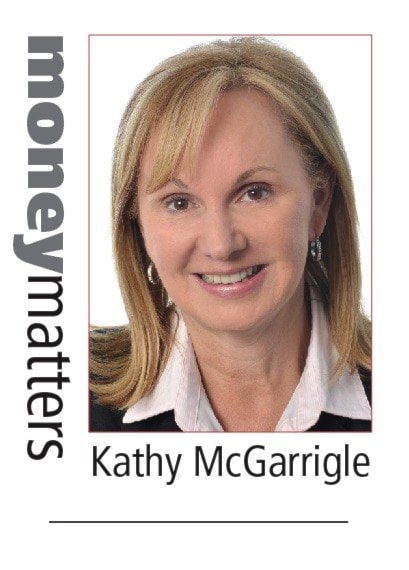According to a poll last year of Gen Y Canadians (18 to 34 years), 43 per cent currently have an RRSP, a slight increase from 2010. While the increase is good news, nearly six out of every 10 Gen Y-ers still don’t have a retirement plan. If you are in this age group, an RRSP may well be the last thing on your mind as you juggle the more immediate financial concerns of this stage of your life or career – tuition fees or student debt, grocery bills, and housing costs.
While the focus on today’s priorities is understandable, this shouldn’t come at the expense of long-term objectives. By starting early with retirement planning – even if you only take small but consistent steps – you will have a significant advantage over those who leave this for later. So, for all Gen Y-ers out there, here’s some simple financial help: my top reasons you should start an RRSP today.
1. Time is your best friend
Starting your RRSP at age 22 instead of 44 can make a big difference in your lifestyle when you’re 66. Here’s a hypothetical illustration of this. A 22-year-old contributing $200 monthly until age 65 with a 5.0-per-cent return would end up with $350,979. On the other hand, a 44-year-old contributing the same amount monthly with the same annual return and also retiring at age 65 would end up with $87,673. Unlike your car, the more mileage you get on your RRSP, the greater the value when you cash in.
2. You can “wait it through” (and reap long-term yields)
RRSP investments that offer some of the best potential long-term yields may experience occasional dips that may not fit the more conservative investments strategy of those nearer to retirement. As you grow older, you tend to shift to lower-yield investments that are less subject to market peaks and dives. On the other hand, the farther away you are from retirement, the higher your capacity to tolerate short- to medium-term market volatility. Since you won’t be cashing in your RRSP for some time, you can better weather the market and see this translate into strong investment returns over time.
3. Small is big
This is linked to point number one above. Because you have a longer time horizon to retirement, even small contributions add up. To illustrate, let’s say you have two individuals, one starting their RRSP at age 20 and the other at age 40, and both would like to receive monthly retirement income of $2,000 when they retire at age 65. Let’s also assume they both live till 90, earning an average five per cent rate of return. Finally, let’s also factor in a 2 per cent rate of inflation. To achieve their monthly retirement income goal, the 20-year-old will need to contribute approx $430 a month to their RRSP, while the 40-year-old will need to contribute approximately $960. Lesson: If you are a Gen Y-er, it’s a smart idea to take advantage of the power of small now, while you can.
4. A leg up on your down payment
While your RRSP should primarily be reserved for your retirement, drawing some of this money for use as a down payment on your first home may make sense for some individuals. This is possible through the Home Buyers’ Plan which allows first-time home buyers under certain conditions to withdraw up to $25,000 in a calendar year from their RRSP to assist with a home purchase. You’ll need to have a disciplined plan to repay the amount, but given the high cost of homes in B.C., knowing that you can fall back on your RRSP for a financial boost is another incentive to sign up today.
5. Let your financial institution pay
Now, there goes your excuse if your response to this article is, “Sorry, can’t afford it; no spare cash.” While you want to be careful with borrowing money, an RRSP loan from your credit union or bank is usually a worthwhile investment. This is a dedicated loan for the purposes of contributing to an RRSP and it holds you accountable to pay back the amount in a reasonable time frame. If you’re eligible for a tax refund (see next tip) you can then either use that to pay off your loan faster or put that money towards next year’s RRSP contribution. Ask your financial institution if an RRSP loan is right for you.
6. A present from the taxman
Last, but not least, your RRSP contributions reduce your taxable income, which could result in a welcome tax refund, or a larger refund than you would otherwise have received. Whether or not you receive a refund and how much you get will depend on your financial situation, but lower tax is definitely one of the added benefits of contributing to a registered retirement savings plan. Your refund cheque can help you meet financial needs or commitments, or you can throw it right back into your RRSP. Nice.
Finally convinced that an RRSP is right for you? Book an appointment to talk to your financial institution because we are here to help!
Kathy McGarrigle is chief operating officer for Coast Capital Savings.
